Frederica Freyberg:
As to weather conditions, extreme heat is a definite hazard to vulnerable populations, including now here in Wisconsin. Across the southern part of the state this week, heat advisories went out with feels-like temperatures topping 100 degrees. Add to that, air quality alerts and it’s not only miserable, it can be dangerous. We turn to Margaret Thelen, the climate and health program manager in the DHS Bureau of Environmental and Occupational Health. Thanks very much for being here.
Margaret Thelen:
Thank you.
Frederica Freyberg:
So with heat indices over 100 degrees in southern Wisconsin as we’ve said, how really dangerous can this be?
Margaret Thelen:
It’s very dangerous, and it’s just becoming more and more common with climate change right now and it’s dangerous to everybody. The Wisconsin Initiative on Climate Change Impacts projected that even some areas of the state are going to experience almost a month more of 90-degree days by midcentury. So by 2050.
Frederica Freyberg:
How at risk are people who have to work outdoors or vulnerable populations like the unhoused, elderly, or people with disabilities?
Margaret Thelen:
Yeah. It’s important to remember that extreme heat can impact anybody. But like you said, those — the unhoused population, older adults, young children, they are more likely to experience those kind of symptoms. For outdoor workers, it’s really important that those supervisors and employers review their policies and procedures on a climatization or put in different — or letting the workers work at different priorities or find more water and shade during those times.
Frederica Freyberg:
Is that happening to your knowledge?
Margaret Thelen:
It does. There are OSHA policies that a lot of employers use to be able to help their employees.
Frederica Freyberg:
How real are the dangers of first, heat exhaustion and then heatstroke?
Margaret Thelen:
Oh, they’re very real. Heat-related illnesses range from heat rash, which is the splotchy red and the itching, to heat cramps to heat exhaustion and finally heatstroke. Heatstroke can really happen within minutes and it’s really important that you recognize those signs and symptoms in your friends, your family, those around you, and even in yourself.
Frederica Freyberg:
How do you know if you’re really in trouble with those things?
Margaret Thelen:
Yeah. So with heatstroke and heat exhaustion, you become really dizzy. You become confused. You start rapidly breathing. It really turns dangerous when your internal body temperature is above 104 degrees, and when that happens, you need to be able to immediately find shade or find a cool area, be able to drink water. I know when I get really warm after a run, I like to put a bag of ice on the back of my neck because that just cools you down immediately.
Frederica Freyberg:
Is it safe to be even indoors without air conditioning right now?
Margaret Thelen:
There’s a lot of different factors that go into cooling a house. The cooler areas where there’s less direct sunlight like basements or cellars are generally cooler. You can be in there. But when we’re reaching these high temperatures, and a lot of people will put fans on, and if they don’t have air conditioning, fans actually aren’t recommended when it’s above 95 degrees because it doesn’t allow your body to cool. It will actually heat your body up with that air movement.
Frederica Freyberg:
So with all of that said, are there enough of these public cooling centers available?
Margaret Thelen:
So each of the local municipalities will identify those public areas where people can go. Often they’ll work with 211 so that people have a single spot to call to be able to find either transportation or find those locations. So think libraries, churches, community centers, those areas are usually available.
Frederica Freyberg:
We know that the Biden administration has just announced a new hazard alert system and stepped up inspections and enforcement of high-risk industries like construction. What kind of changing responses do public agencies like yours at DHS have considering this kind of extreme heat?
Margaret Thelen:
I work for the climate and health program and we like to work a lot with other state agencies and federal agencies like the National Weather Service to be able to communicate and prepare for extreme heat. So finding ways to reach those populations that are needed. We also work a lot with local health departments, local emergency management to provide data and best practices as they implement these extreme heat-related response plans that they have so that people can find the cooling centers, they can meet those unmet needs faster.
Frederica Freyberg:
Because presumably we can count on more of this going forward?
Margaret Thelen:
Yeah, with climate change, Wisconsin is becoming warmer and wetter and we want to be able to empower our local decision makers, our local public officials with that data and knowledge to be able to respond quickly to these type of events.
Frederica Freyberg:
All right. Margaret Thelen, thanks very much.
Margaret Thelen:
Thank you.
Search Episodes

Donate to sign up. Activate and sign in to Passport. It's that easy to help PBS Wisconsin serve your community through media that educates, inspires, and entertains.
Make your membership gift today
Only for new users: Activate Passport using your code or email address
Already a member?
Look up my account
Need some help? Go to FAQ or visit PBS Passport Help
Need help accessing PBS Wisconsin anywhere?

Online Access | Platform & Device Access | Cable or Satellite Access | Over-The-Air Access
Visit Access Guide
Need help accessing PBS Wisconsin anywhere?

Visit Our
Live TV Access Guide
Online AccessPlatform & Device Access
Cable or Satellite Access
Over-The-Air Access
Visit Access Guide
 Passport
Passport





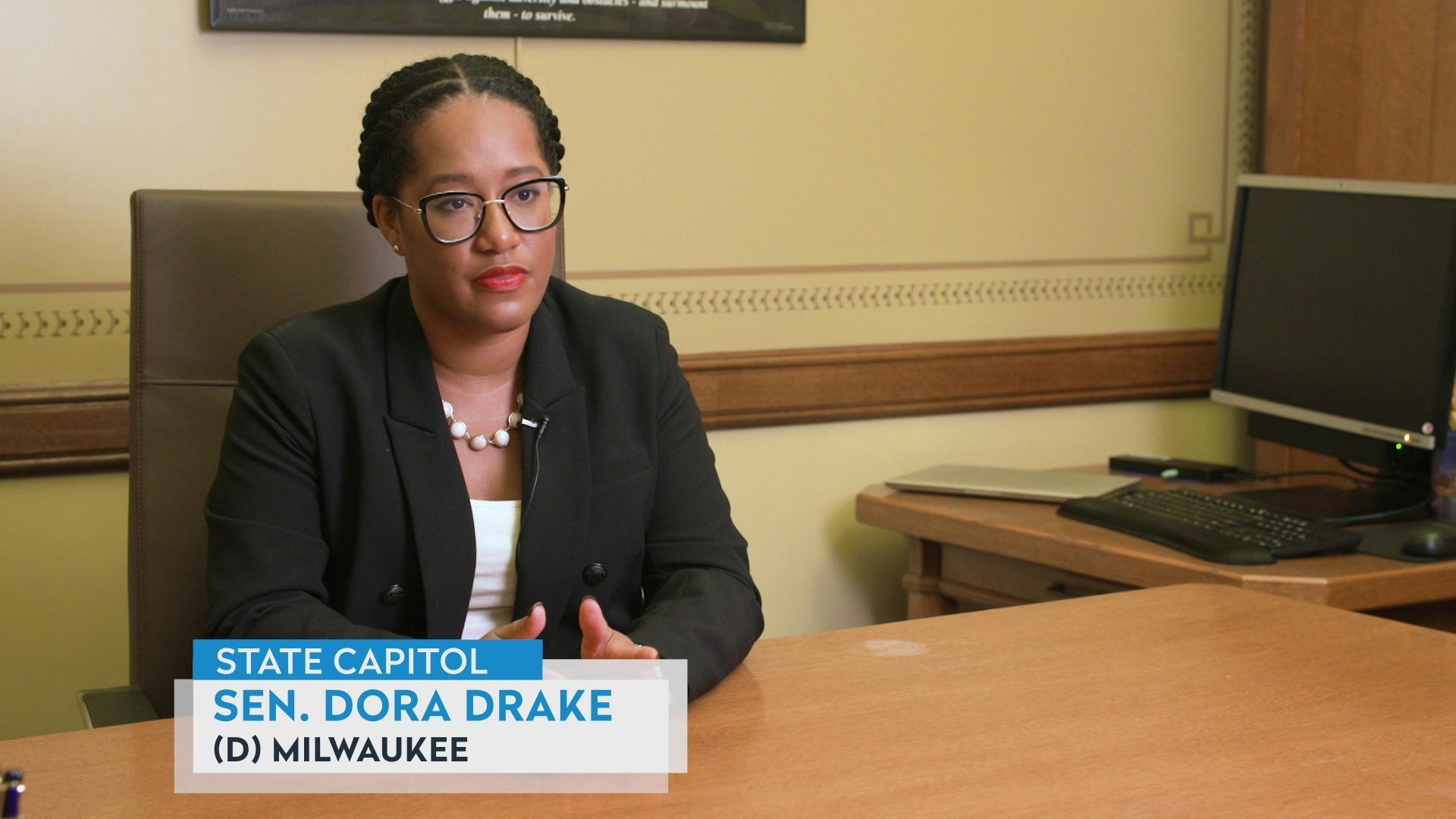
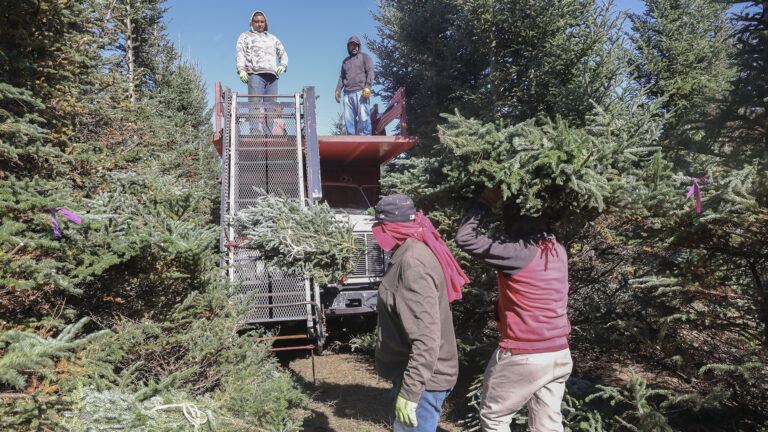
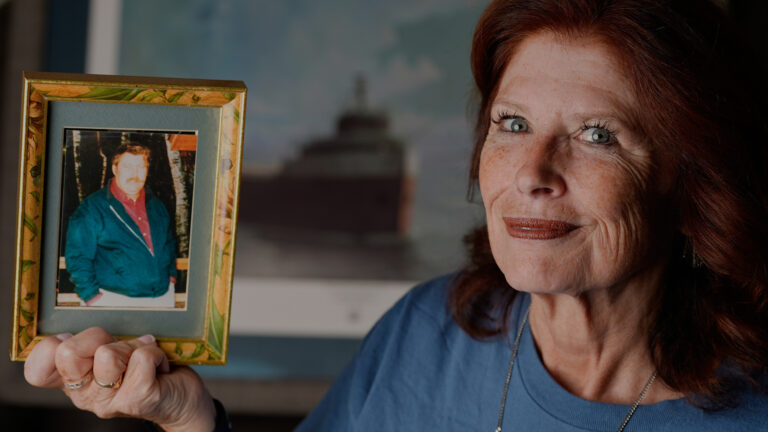
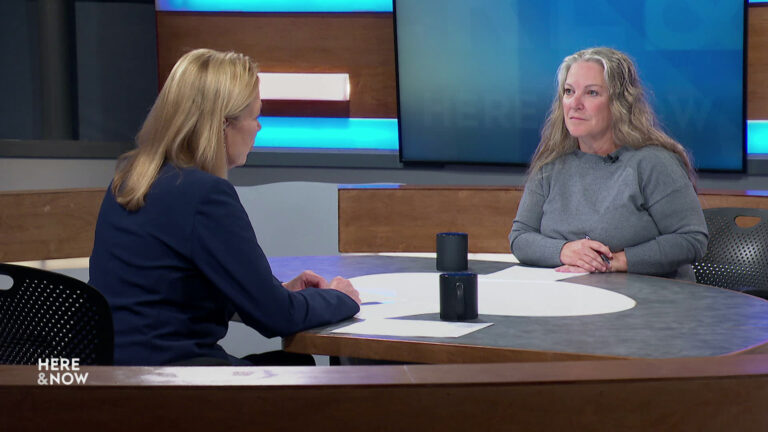
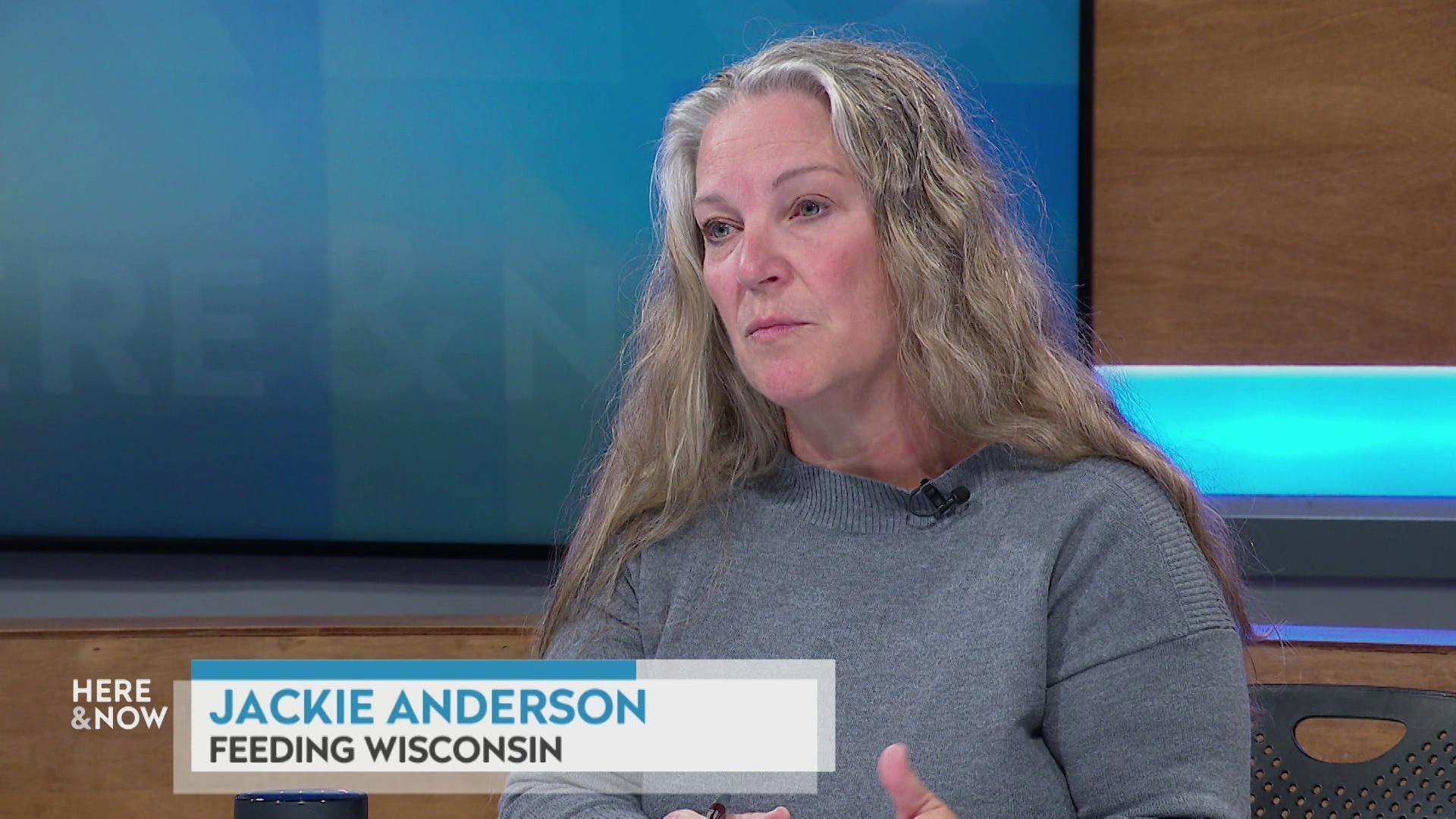
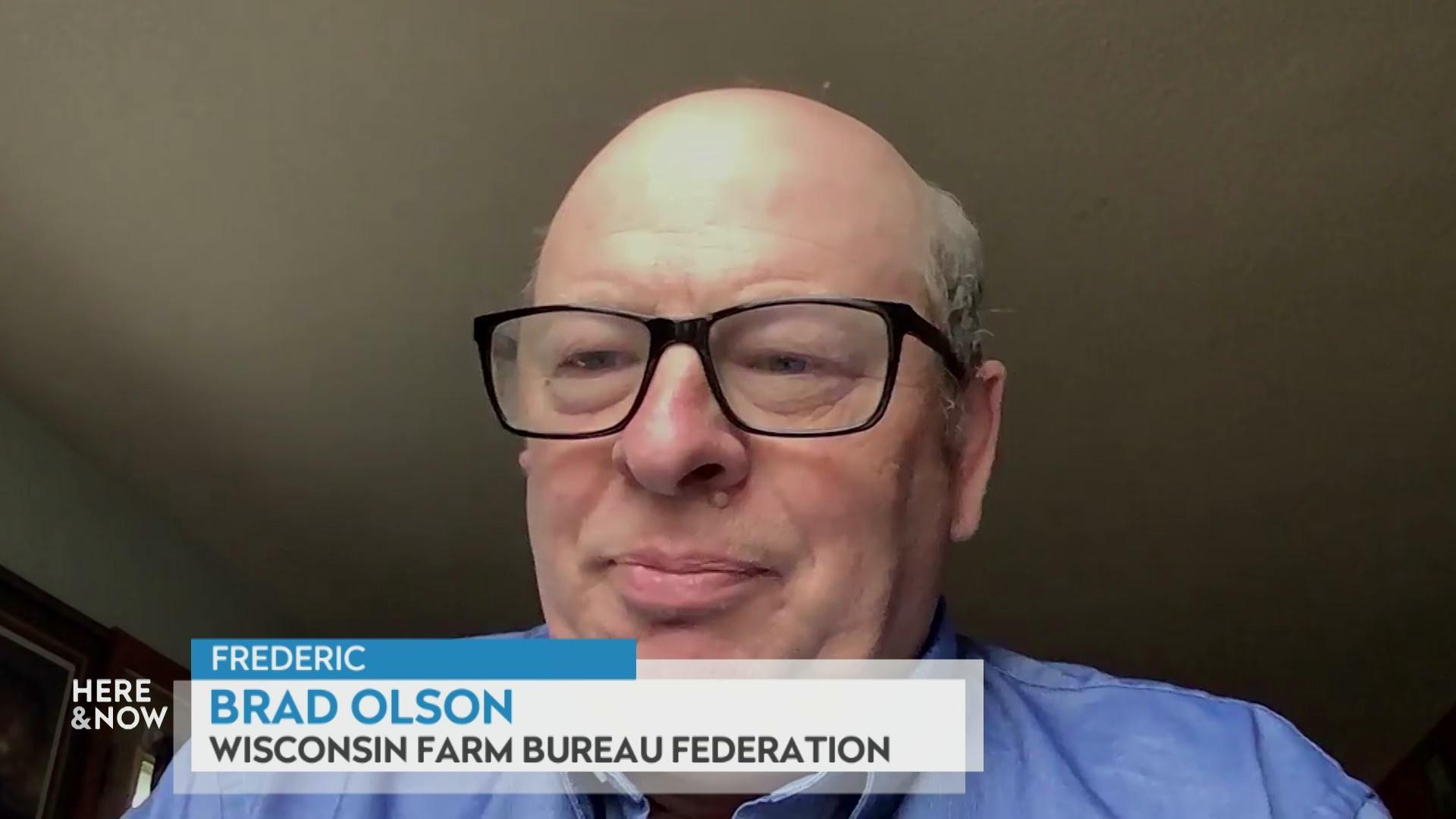
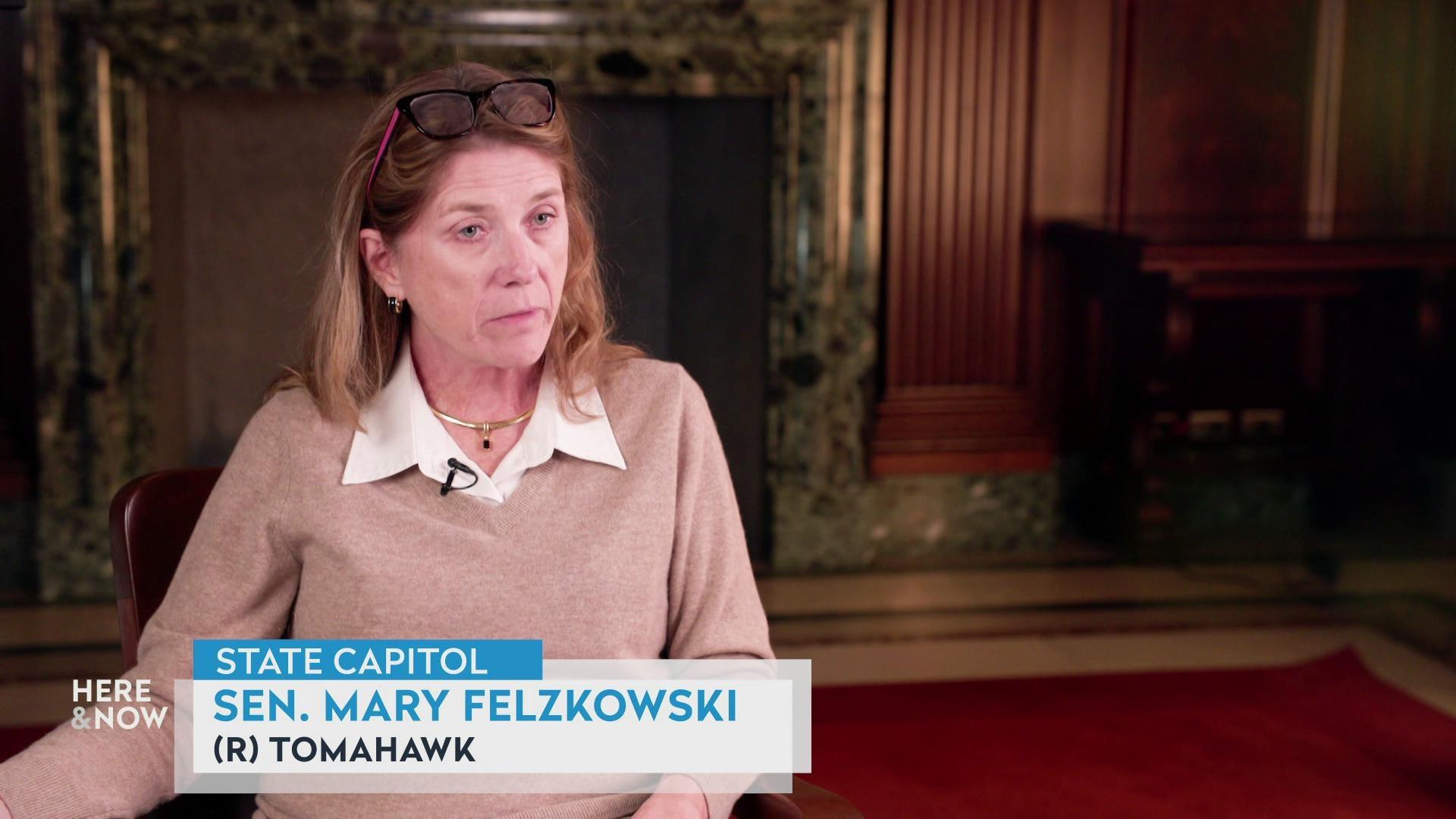
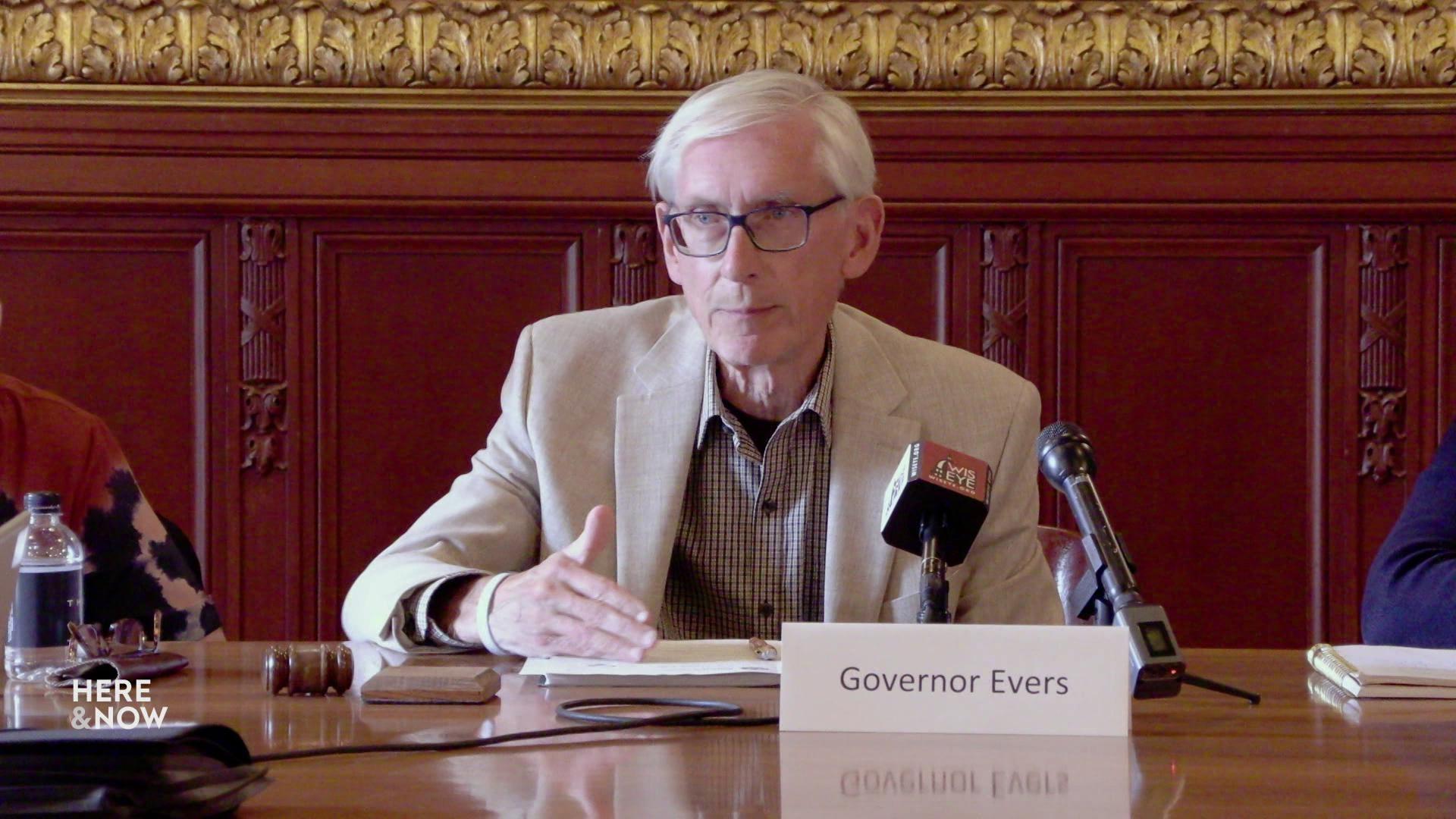


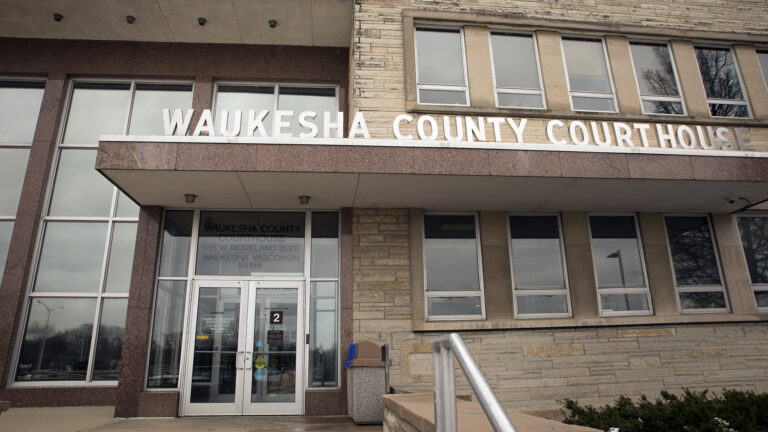
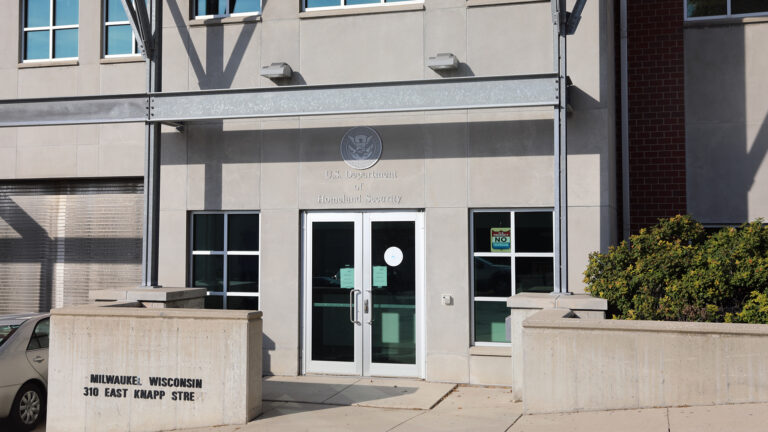

Follow Us